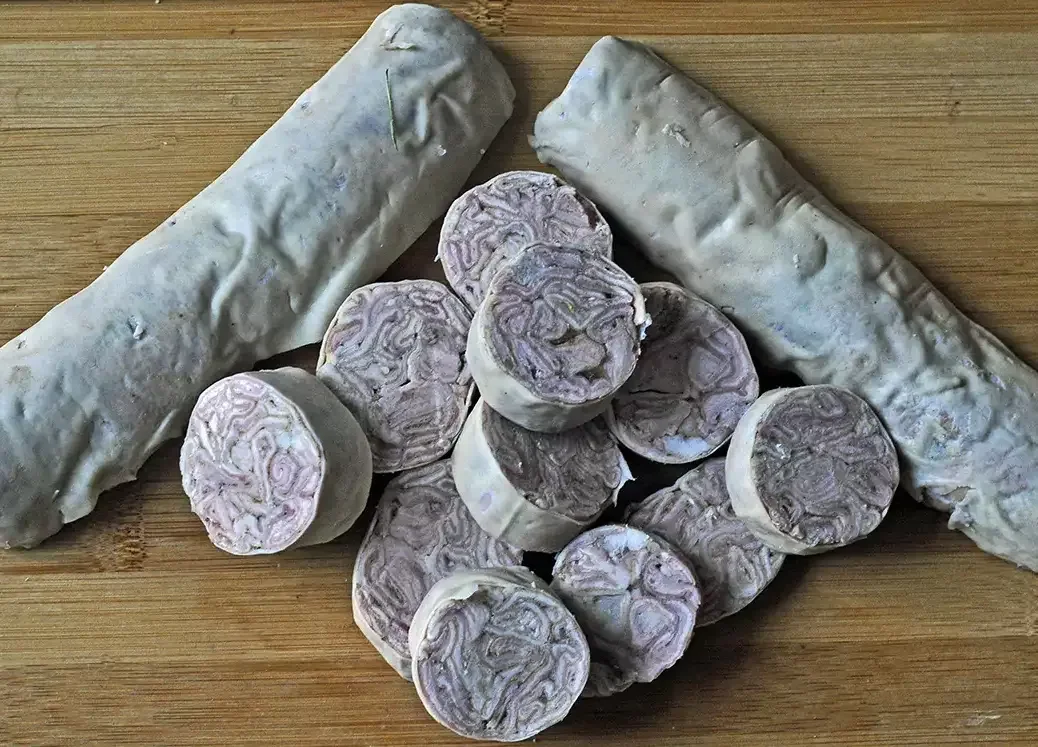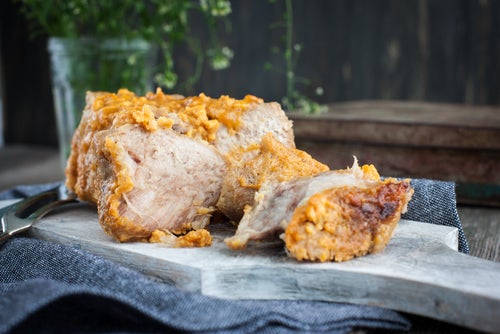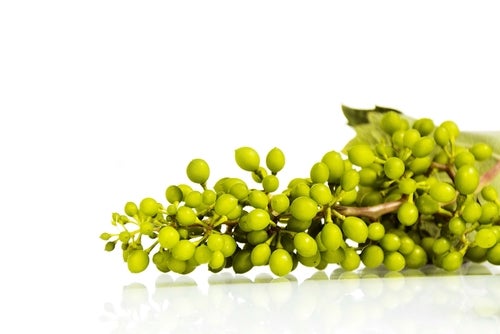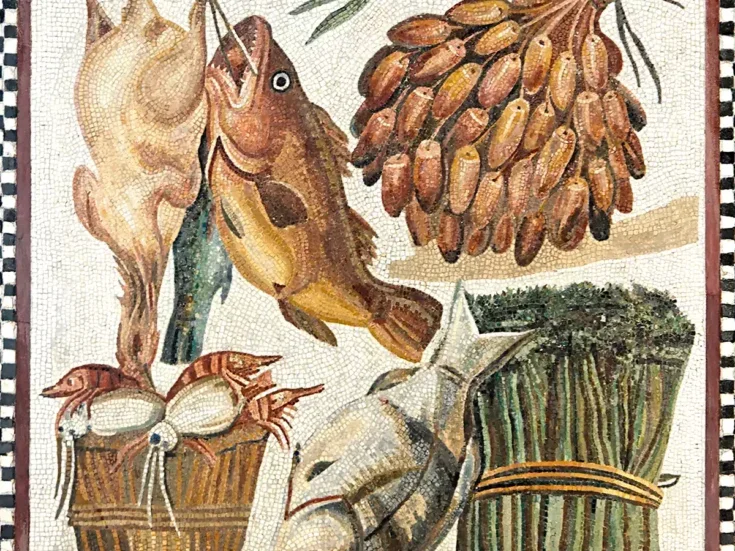
It is almost a badge of honor in France to profess a great liking for andouillettes. If you are not fond of them, the implication is that you’re not really French, or not a true francophile. Yet among francophiles I can think of few more polarizing foods—and by no means every French person is enthusiastic: sales have been quietly slipping for years.
Let’s not beat about the bush: it’s the smell. Even among people who are happy to linger in a small, airless space breathing in the pongiest washed-rind cheeses, getting past the smell of an andouillette to eat it can be an insurmountable hurdle (could it be a genetic thing, like coriander?). Meryl Streep showed admirable tact when she described andouillette as having “a bit of a barnyard.”
She and Stanley Tucci had ordered them for lunch at a bistro in France when they were filming, appropriately enough, Julia & Julia, in which Streep plays the chef Julia Child. Tucci assumed that andouillette would be a smaller version of the Louisiana andouille (aka chitterlings or chitlins sausage). It is not (see below). His description is as colorful as it is evocative, but sadly unsuitable for this magazine. I suggest you look it up on YouTube. My own history with andouillettes has also been challenging, including a kilo bought (not by me) and put in the fridge where they demonstrated that, given time, they could become even more fearsomely noisome.
While it’s not eaten on the scale it once was, andouillette dishes are still common on French bistro menus, not least in Paris, despite being a relatively expensive food to ship into the capital from the regions of production. The, admittedly not unbiased, Troyes La Champagne tourism website claims that in Paris the andouillette de Troyes “is almost considered a luxury product.” It also says that Louis XIV and Napoleon were “among the crowned heads who enjoyed it very much” and that it was once a luxury dish served at any respectable banquet.
Andouillettes are produced, with local variations, in several regions and towns, including Lyon, Caen, Cambrai, Périgord, and Provence, but the one you see most often outside its home ground is the one from Troyes, the cathedral city in the southern Champagne region of the Aube. It’s an object of great local pride—pride in the uncompromisingly authentic recipe, the artisanal nature of production, and the role it allegedly played in the Wars of Religion.
Tall andouillettes tales
These classic dishes and foodstuffs always seem to come with one of these improbable stories attached and I feel it my duty to pass them on. In the case of andouillette de Troyes, one night in 1590, 4,000 men from the royal army spread through the city on a mission to reclaim it from the Duke of Guise’s supporters, but the royal troops were apparently soon distracted by the supposedly delicious smell (I know, what can I say?) of the andouillettes being prepared by the local charcutiers. Before long, the troops had succumbed to greed and abandoned their mission. As they feasted on andouillettes, the Catholic League counterattacked, killing several hundred of the royal army. So the story goes.
Before I come to the distinguishing features of andouillette de Troyes, I should just stress that andouillette is not the same as andouille. Both are made from chitterlings (intestines), but andouille, which is larger, is smoked and can be eaten cold, while andouillette isn’t smoked and is usually eaten hot.
Some regions use veal innards, but the Troyes andouillette is made exclusively from pigs’ innards: two thirds large intestines and one third stomach cut into long strips, seasoned, and hand-stuffed into natural casing (also from the intestine) then poached in flavored broth for three to five hours. It takes three kilos (6.6 pounds) of ingredients to produce one kilo (2.2 pounds) of andouillettes.
No andouillette is covered by a PDO or an IGP, but the AAAAA, the Association Amicale des Amateurs d’Andouillette Authentique, awards its 5A diploma to producers whose andouillettes are judged to have been correctly made and of sufficient quality in an annual blind tasting by a jury of charcutiers, food critics, chefs, and keen amateurs. The diploma lasts for two years, during which time the holders can proclaim the 5A on packaging and signs. There are currently 28 of them, all in France except one Japanese in Kyoto.
Andouillette can be pan-fried, grilled, barbecued, or cooked en papillote and most recipes involve wine (or cider), shallots, mustard, and often crème fraîche. The Aube goes one better: its signature dish, often seen in Paris, is andouillette in a sauce made with the rich, creamy, local Chaource cheese—andouillette de Troyes sauce Chaource, or gratinées au Chaource.
The best wines for andouillettes de Troyes
I confess that I thought dialing up the richness of the sauce would be to head off in the wrong direction, but I found that it added a dimension that softened, or perhaps diluted, the distinctive flavor of pigs’ large intestine and with two different versions of the dish.
Encouragingly, accompanying wines had the same effect. Champagne didn’t work for me—the bubbles seemed to fight with the chewiness of the texture—but Premier Cru Chablis was a star, especially vintages with the complexity of maturity as well as characteristic mineral vitality. A 2014 blended Premier Cru was particularly good, a whisker ahead of a William Fèvre Vaillons 2016. Another time, I would try a Daniel-Etienne Defaix Côte de Lechet or Vieilles Vignes.
At the other end of Burgundy, a 2016 Pouilly Fuissé, Domaine Dominique Corsin Les Chevrières, was also very successful. Again, evolution in bottle and tension came into it. My sense is that a textural Bourgogne Aligoté, such as François Millet et Fils 2020, would go well too.
When cooked with a simple wine, shallot, and mustard sauce, as andouillette very frequently is, there were some good red wine pairings—even when the wine used was white. Moulin-à-Vent rose to the challenge, as so often, and perhaps not surprisingly since andouillette is a speciality of the Beaujolais region (although made there with a particular part of the veal intestine). Moulin-à-Vent names on my radar would include Domaine Olivier Merlin La Rochelle, Domaine Paul Janin et Fils Vignes du Tremblay, and Domaine Richard Rottiers.
Loire Cabernet Franc such as Saumur-Champigny worked too, but France didn’t call all the shots. Saperavi came into its own, especially Saperavis from the Teliani Valley Winery in Kakheti. A simple, light, blend of Pinot Noir, Saperavi and Rara Neagra from Moldova also worked. As for other red grape varieties, I would try any that have a peppery note, particularly white pepper.






